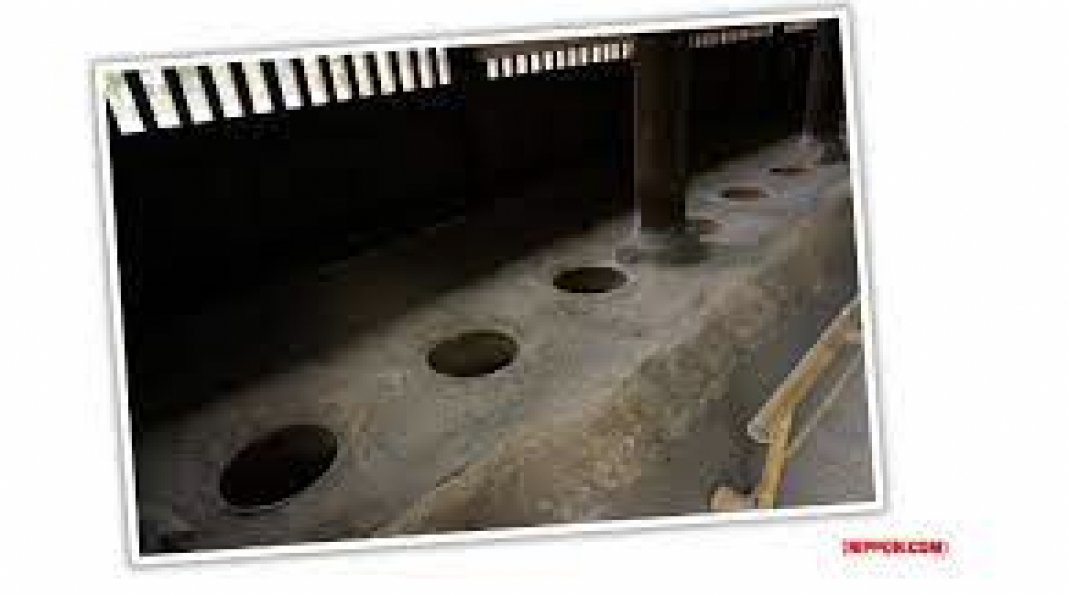It was reported recently that Japan’s oldest toilet was damaged by a 30-year-old man whose job is to conserve Japan’s cultural heritage. He accidentally rammed his car into the toilet and broke down its wooden door in the process.
The employee works for the Kyoto Heritage Preservation Association, which adds to the oddity of the story because he is responsible for preserving the country’s heritage, including the oldest toilet.
Located in Kyoto prefecture, which is Japan’s cultural capital, the oldest toilet is in the 700-year-old Buddhist temple Tofukuji. It was reported that the man was visiting the temple on a work-related trip.
Japanese newspaper Asahi Shimbun reported that he was turning his car around the temple’s parking lot but he forgot he was in reverse and pressed down on the accelerator instead.
Fortunately, no one was hurt but the damage was “stunning”, according to Toshio Ishikawa, director of the temple’s research institute who told Japanese newspaper Kyoto Shimbun.
There are plans to restore the bathroom before the prefecture’s autumn foliage lures crowds. Restoration will likely take until the new year.
According to the prefecture’s agency for cultural affairs, the communal toilet, known as “Tousu” when found in Zen temples, was built between 1333 and 1392. They are built for ascetic monks and house 20 toilets lined up in two rows.
Measuring 30 centimetres deep, the latrines are holes in the ground. They used to contain glass containers for monks to defecate or urinate in—the toilets were separated based on use.
Oldest Toilet From Muromachi Period
The oldest toilet was built during the Muromachi period of Japan. It was during the time when Japan witnessed significant cultural developments under the influence of Zen Buddhism like the Japanese arts of tea ceremony and flower arrangement.
Public broadcaster NHK reported that the toilet was built about 500 years ago for use by trainee months. Sora News 24 website reported that the 2-metre-tall double door and interior pillars were damaged in the incident.
Sankei Shimbun newspaper published a photo of the car, a 20-year-old Toyota WiLL Vi – inside the building surrounded by what was left of the wooden doors.
Asahi Shimbun reported that the temple can accommodate up to 100 monks at a time and contains a row of about 20 toilets. The outlet said that the conveniences were still in use as recently as the start of the Meiji era (1868-1912).
The rows of toilets can be viewed through gaps in the building’s exterior even though the building is usually closed to visitors.
Featuring circular holes cut into blocks of stone, the toilets are a far cry from the modern-day Japanese toilets that continue to fascinate foreign visitors.
Despite not having bidet or drying functions, the toilets were at least located in a convenient place for monks who spent many hours trying to achieve Zen enlightenment – right next to the meditation hall.
Read More News:
Mob burns woman alive after declaring her a witch in Gaya village

